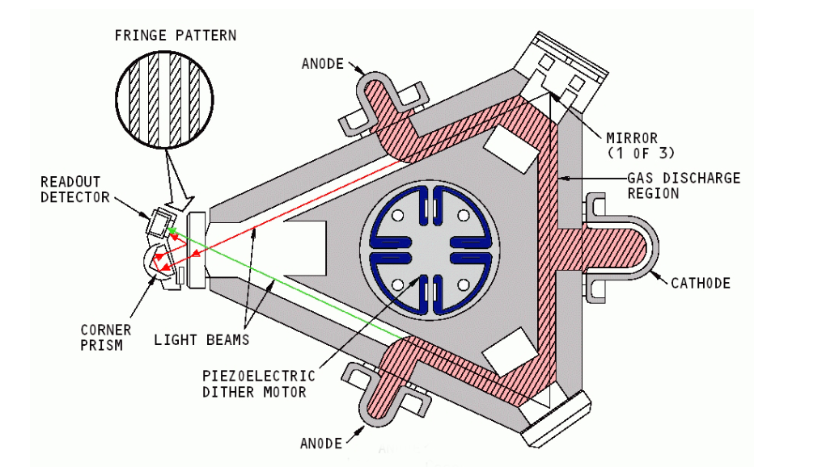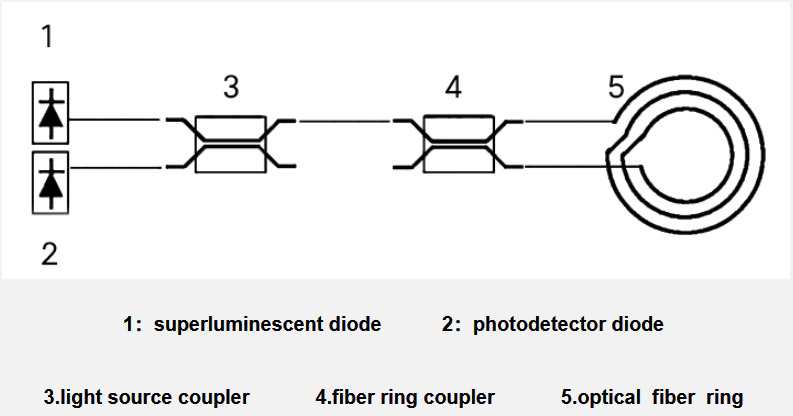Subscribe to Our Social Media For Prompt Post
Ring Laser Gyroscopes (RLGs) have significantly advanced since their inception, playing a pivotal role in modern navigation and transportation systems. This article delves into the development, principle, and applications of RLGs, highlighting their importance in inertial navigation systems and their utilization in various transportation mechanisms.
The Historical Journey of Gyroscopes
From Concept to Modern Navigation
The journey of gyroscopes began with the co-invention of the first gyrocompass in 1908 by Elmer Sperry, dubbed "the father of modern navigation technology," and Herman Anschütz-Kaempfe. Over the years, gyroscopes have seen substantial improvements, enhancing their utility in navigation and transportation. These advancements have enabled gyroscopes to provide crucial guidance for stabilizing aircraft flights and enabling autopilot operations. A notable demonstration by Lawrence Sperry in June 1914 showcased the potential of gyroscopic autopilot by stabilizing a plane while he stood in the cockpit, marking a significant leap forward in autopilot technology.
Transition to Ring Laser Gyroscopes
The evolution continued with the invention of the first ring laser gyroscope in 1963 by Macek and Davis. This innovation marked a shift from mechanical gyroscopes to laser gyros, which offered higher accuracy, lower maintenance, and reduced costs. Today, ring laser gyros, especially in military applications, dominate the market due to their reliability and efficiency in environments where GPS signals are compromised.

The Principle of Ring Laser Gyroscopes
Understanding the Sagnac Effect
The core functionality of RLGs lies in their ability to determine an object's orientation in inertial space. This is achieved through the Sagnac effect, where a ring interferometer uses laser beams traveling in opposite directions around a closed path. The interference pattern created by these beams acts as a stationary reference point. Any movement alters the path lengths of these beams, causing a change in the interference pattern proportional to the angular velocity. This ingenious method allows RLGs to measure orientation with exceptional precision without relying on external references.
Applications in Navigation and Transportation
Revolutionizing Inertial Navigation Systems (INS)
RLGs are instrumental in the development of Inertial Navigation Systems (INS), which are crucial for guiding ships, aircraft, and missiles in GPS-denied environments. Their compact, frictionless design makes them ideal for such applications, contributing to more reliable and accurate navigation solutions.
Stabilized Platform vs. Strap-Down INS
INS technologies have evolved to include both stabilized platform and strap-down systems. Stabilized platform INS, despite their mechanical complexity and susceptibility to wear, offer robust performance through analog data integration. On the other hand, strap-down INS systems benefit from the compact and maintenance-free nature of RLGs, making them a preferred choice for modern aircraft due to their cost-effectiveness and precision.
Enhancing Missile Navigation
RLGs also play a critical role in the guidance systems of smart munitions. In environments where GPS is unreliable, RLGs provide a dependable alternative for navigation. Their small size and resistance to extreme forces make them suitable for missiles and artillery shells, exemplified by systems like the Tomahawk cruise missile and the M982 Excalibur.
Disclaimer:
- We hereby declare that some of the images displayed on our website are collected from the Internet and Wikipedia, with the aim of promoting education and information sharing. We respect the intellectual property rights of all creators. The use of these images is not intended for commercial gain.
- If you believe that any of the content used violates your copyright, please contact us. We are more than willing to take appropriate measures, including removing images or providing proper attribution, to ensure compliance with intellectual property laws and regulations. Our goal is to maintain a platform that is rich in content, fair, and respects the intellectual property rights of others.
- Please contact us at the following email address: sales@lumispot.cn. We commit to taking immediate action upon receiving any notification and guarantee 100% cooperation in resolving any such issues.
Post time: Apr-01-2024


